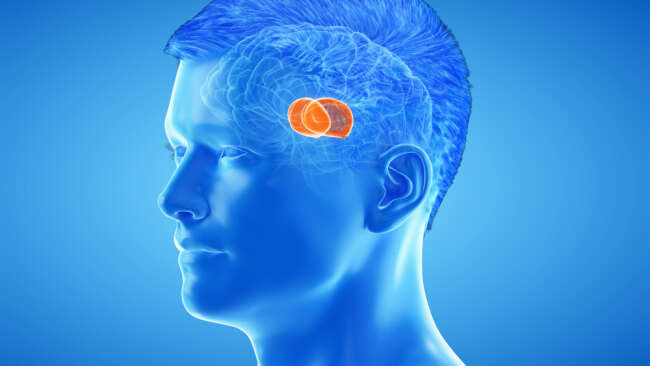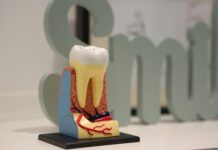
An experimental treatment, involving ultrasound, jump-starts the brains of two patients in a coma.
In 2016, UCLA scientists focused ultrasound pulses on the brain of a 25-year-old who had suffered a severe brain injury. Pre-treatment the patient was in a minimally conscious state, and could only perform minimal movements. However, three days after treatment, doctors noted a significant improvement. The patient not only regained full consciousness but also communicated using nods and fist-bumps. Though, at the time, the study’s lead author, Martin Monti, called it a coincidence and blamed the results on luck.
Now, Monti and his team have conducted the same technique in three more patients. All three of whom had been in a long-term ‘minimally responsive state.’ The results of the study are published in the journal Brain Stimulation. According to the study, two out of the three patients responded well to the treatment. While one did not.
One was a 56-year-old stroke survivor. Prior to treatment, he spent 14 months unable to communicate in a minimally conscious state. However, post-treatment he was able to drop and grasp a ball, nod in response to questions, and identify two of his relatives in photographs upon hearing their names.
The second patient who showed significant improvement was a 50-year-old woman who’d suffered a heart attack. This left her with almost no sign of consciousness for over 2 years. After treatment, she started to recognize various household objects and even moved her head or fingers in response to commands.
I consider this new result much more significant because these chronic patients were much less likely to recover spontaneously than the acute patient we treated in 2016 — and any recovery typically occurs slowly over several months and more typically years, not over days and weeks, as we show. It’s very unlikely that our findings are simply due to spontaneous recovery.
Professor Martin Monti, study author
Ultrasound Pulses Aimed at the Thalamus
Researchers used a device, the size of a saucer, to aim low-intensity ultrasound pulses at different brain regions; thus, exciting the neurons. Each patient underwent two sessions, one week apart. In each session, the patient’s thalamus was stimulated 10 times for 30 seconds each.

Thalamus is a large egg-shaped region located deep within the brain. It serves as a relay center for sensory information from all over the body. Additionally, it controls the level of consciousness and integrates emotions. After a coma, the thalamus’ function is significantly weakened. Therefore, researchers targeted the thalamus in the patients. قانون البوكر
Professor Monti hopes to integrate the technique into a portable device that will allow at-home stimulation. However, for now it is only an experimental technique and it will take years before it is made available for public use. كيفية لعب البوكر للمبتدئين
Moreover, both the patients regressed back to their initial state about three-month post-treatment. Despite the regression, researchers believe the results are a significant step in treating the effects of severe brain injuries.
For our patients, even being just able to communicate with their loved one — in however restricted a fashion … might mean regaining the ability to be part of their social environment, of the lives of their loved ones, and recovering some degree of personal autonomy.
Professor Martin Monti, study author
In regard to the third patient who showed no improvement, researchers hypothesize that the treatment is ineffective in those in a chronic minimally conscious state. Currently, they are investigating how ultrasonic thalamic stimulation brings about a change in brain function.
Reference:
Josh A. Cain, Norman M. Spivak, John P. Coetzee, Julia S. Crone, Micah A. Johnson, Evan S. Lutkenhoff, Courtney Real N.P., Manuel Buitrago-Blanco, Paul M. Vespa, Caroline Schnakers, Martin M. Monti. Ultrasonic Thalamic Stimulation in Chronic Disorders of Consciousness. طريقة لعبة البوكر في الجزائر Brain Stimulation, 2021; DOI: 10.1016/j.brs.2021.01.008



